The tiny home movement has gained significant traction in Ontario, offering a sustainable and affordable housing alternative. This guide delves into the essentials of tiny home construction in the province and highlights reputable local builders to help you embark on your tiny living journey.
Understanding Tiny Homes
Tiny homes are compact dwellings, typically ranging from 100 to 400 square feet, designed to maximize space efficiency and minimize environmental impact. They can be stationary or mobile, providing flexibility and a minimalist lifestyle.
Legal Considerations in Ontario
Before constructing or purchasing a tiny home in Ontario, it’s crucial to understand local regulations:
- Zoning By-Laws: Municipal zoning laws dictate where tiny homes can be located. Ensure your desired location permits tiny home construction.
- Building Codes: As of January 1, 2022, Ontario’s Building Code includes provisions for tiny homes, addressing aspects like size, safety, and off-site construction.
files.ontario.ca - Permits: Securing the necessary building permits is essential to comply with local laws and regulations.
Reputable Tiny Home Builders in Ontario
Collaborating with experienced builders ensures quality construction and adherence to regulations. Here are some notable tiny home builders in Ontario:
- Teacup Tiny Homes Ontario: Specializing in high-quality tiny homes, Teacup Tiny Homes emphasizes outstanding craftsmanship to provide a seamless transition into tiny living.
teacuptinyhomes.com - Tiny Footprint Homes Ltd.: Located in Vanastra, Tiny Footprint Homes offers custom-designed, sustainable tiny homes that comply with the Ontario Building Code.
tinyfootprinthomes.ca - MMRH Tiny Homes: Serving Ottawa and Crysler, MMRH Tiny Homes focuses on delivering exceptional tiny home solutions, allowing individuals to embrace the simplicity of tiny living.
mmrh.ca - Express Tiny Homes: Prioritizing durability, Express Tiny Homes constructs dwellings that meet Ontario building code standards, ensuring longevity and compliance.
expresstinyhomes.ca - Tiny Builders: Based in Ontario, Tiny Builders offers custom-built tiny homes, cabins, and more, turning your tiny living dreams into reality.
tinybuilders.ca

Steps to Embark on Your Tiny Home Journey
- Research and Planning: Understand local regulations, determine your budget, and outline your needs.
- Consult Professionals: Engage with reputable builders and consultants to discuss design, costs, and construction timelines.
- Secure Financing: Explore financing options specific to tiny homes, as traditional mortgages may not apply.
- Select a Location: Choose a site that complies with zoning laws and suits your lifestyle.
- Design and Build: Work closely with your chosen builder to create a tiny home that reflects your preferences and meets all regulatory requirements.
Embracing tiny home living in Ontario is a rewarding endeavor that offers financial freedom and a minimalist lifestyle. By collaborating with experienced local builders and adhering to provincial regulations, you can create a personalized, sustainable dwelling that aligns with your values and needs.

 Facebook
Facebook
 X
X
 Pinterest
Pinterest
 Copy Link
Copy Link
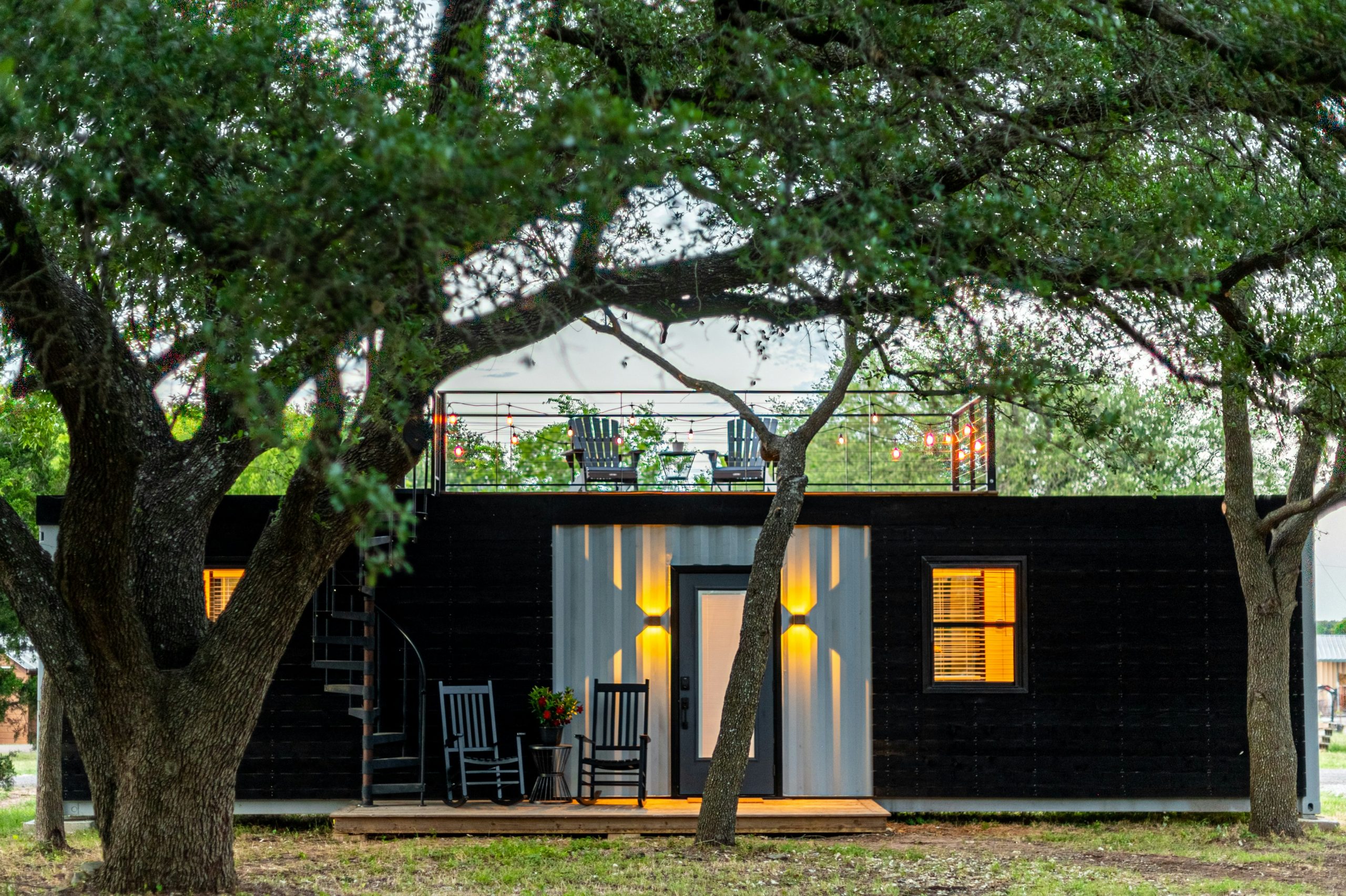

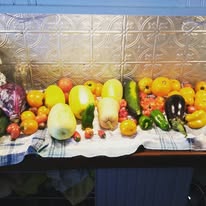


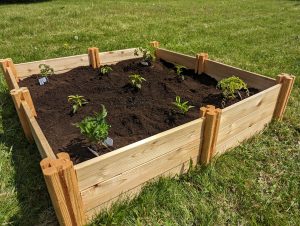












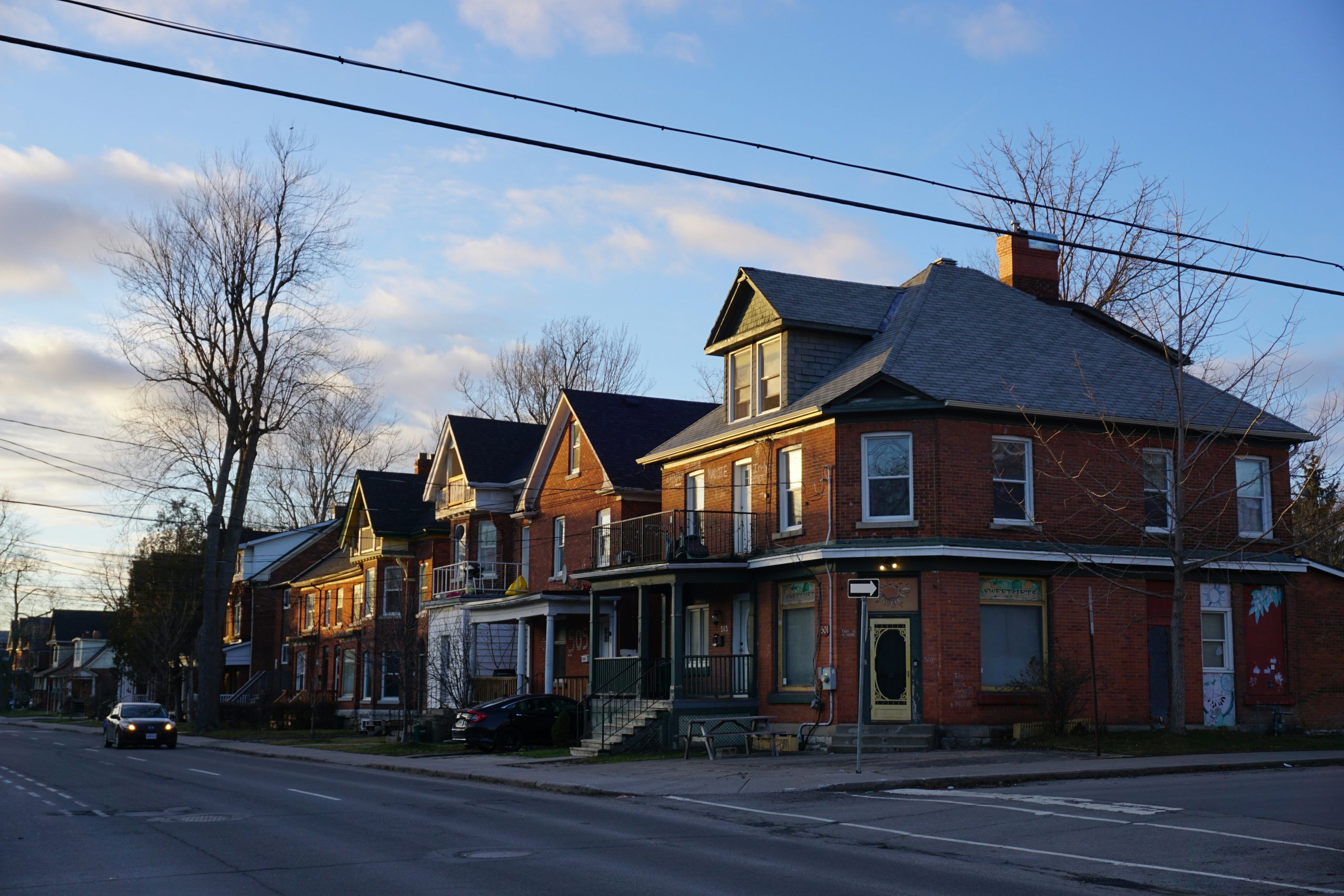

.jpg)
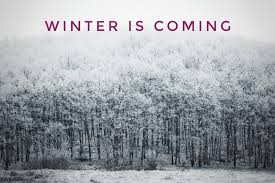


.jpg)







.jpg)
